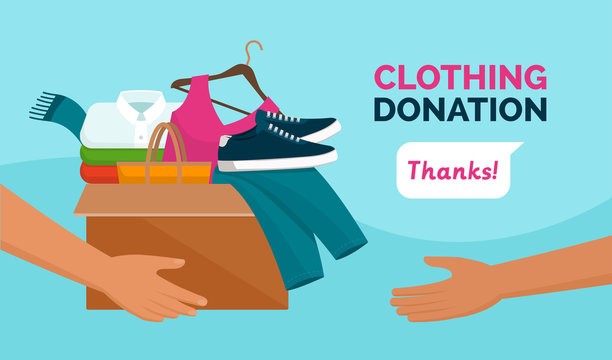
Education and Training
- (02/28/2023)

There, she's spent the bulk of her time in the Kantamanto Market
in Accra, Ghana's capital. Kantamanto is Ghana's (Opens in a new tab)largest secondhand clothing market(Opens in a new tab), and possibly the biggest in
West Africa, according to Rickett's nonprofit the OR Foundation, whose website
will be up and running soon. (For now, Ricketts has this website(Opens in
a new tab), a multimedia research project looking at the second-hand
clothing market in Accra.) Her U.S.-based foundation has (Opens in
a new tab)worked
in Ghana since 2009(Opens in a new tab) and aims to challenge
consumer behavior by educating people on the fashion industry.
Something a lot of people don't know is that, when you clean out
your closet and donate or sell your clothes to places like Plato's Closet or
Buffalo Exchange, it's likely your clothes end up being sent abroad(Opens in a new tab). And once they get there,
they may not even be sold. Thrift stores typically only resell about 20 percent
of donated garments, according(Opens in a new tab) to the Council for
Textile Recycling. The rest will likely end up in a landfill(Opens in a new tab).
Alden Wicker, a journalist who reports on sustainable
fashion, found in 2016 that(Opens in a new tab) some organizations
actually sell more than that, with Goodwill at about 30 percent and the
Salvation Army at 45 to 75 percent sell-through rates. Wicker notes the
discrepancy is likely because of Goodwill and the Salvation Army's larger size
and more advanced infrastructure to process clothing, like sending donations to
their outlet stores. The numbers also vary depending on where waste is being
measured, but the bottom line is that a lot of clothing ends up trashed.